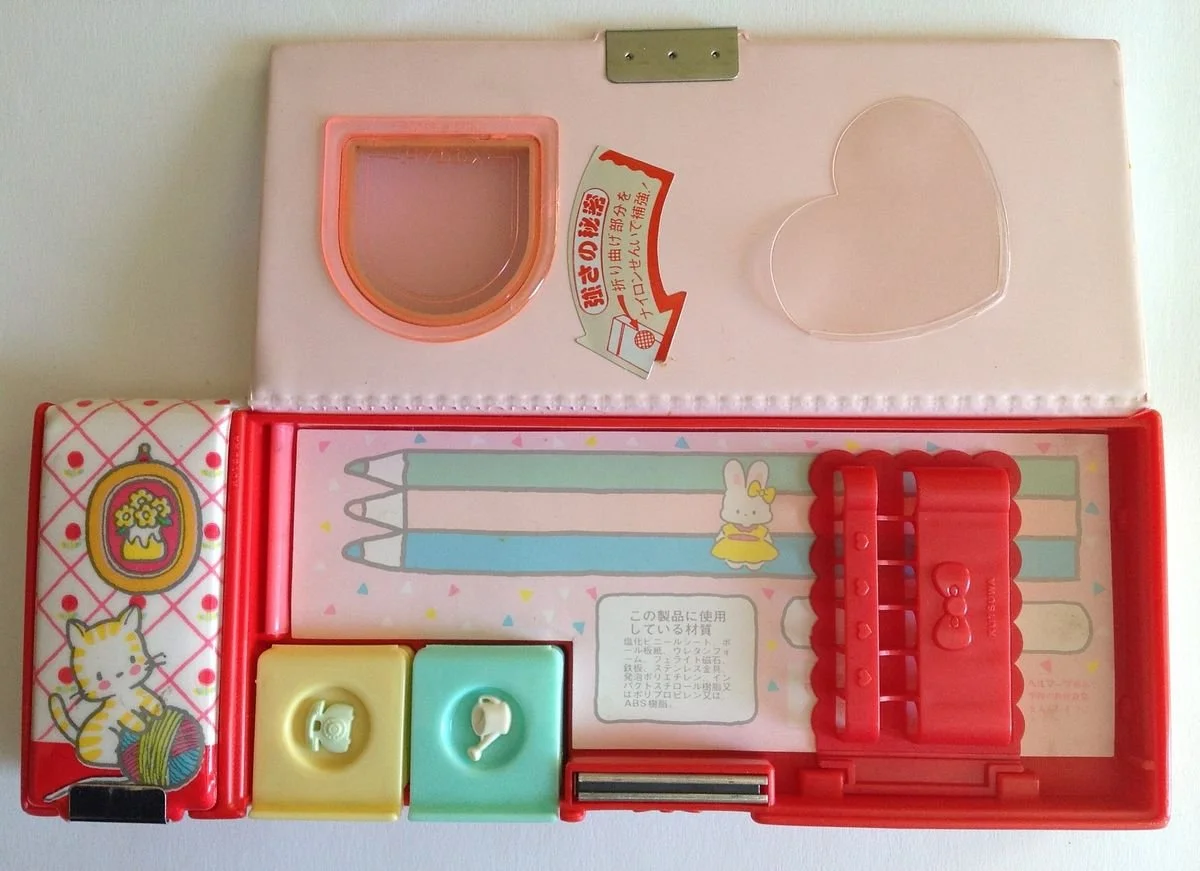✮ monthly TEAR CLUB! (a soft space for inner child-like joy) with Chloe, our art therapist / counsellor.ᐟ.ᐟ ˚⊹
✮ weekly OFF-SCREEN HOURS digital detox drop-ins with our interns, Nikki (art therapist/counsellor-to-be) and Michelle (counsellor-to-be) .ᐟ.ᐟ ⋆˙⟡
Need an artist date ASAP? No idea where to go on a rainy weekend?
Join us at tear club! with Chloe: Welcome to tear club! — a monthly, soft-guided, open studio style collage workshop. Every month, we will connect with our inner child-like joy, with the Sanrio character, Pompompurin as our cheerleader for November!
why tear club? ✂️✨
A lot of us want to slow down but don’t always know how.
the purpose of tear club is to…
⭑ calm/connect with your nervous system to reduce stress levels.
⭑ spark creativity + problem-solving skills!
⭑ build social connections + feelings of joy outside of work/capitalism.
⭑ embrace our imperfections with curiosity instead of pressure.
📅 Upcoming: Sunday, Nov 23rd @ 1:30pm - 3:30pm
🎟️ Tickets: $20 ; 6 spots max! Save your spot
📍Location: Decipher Counselling Art Therapy Studio
Room #316, 402 W Pender St, Vancouver
🍎 About the Facilitator:
𖦹 Hi, I’m Chloe! Currently taking on new clients for individual therapy sessions!
𖦹 Qualifying counselling art therapist + art school grad
𖦹 Avid Sanrio fan + recovering perfectionist
𖦹 tear club! is my way of mixing nostalgia, comfort + the healing power of art.
Follow Chloe's art on Instagram @hichloekwok and if you’d updates on future art therapy workshops, check out @deciphercounselling or visit our website.
Lately we’ve been feeling how hard it is to be human in a world that never stops.
Notifications, deadlines, the pressure to always be available and productive. We’re constantly connected, yet more disconnected than ever.
Off-Screen Hours is a space to step away from the noise.
To rest, make art, and heal in community.
Intentional breaks from screens and the grind of constant doing, slowing down long enough to feel present again. ˚⊹
⊹ ࣪ ˖ Series 1: Digital Disconnection explores how technology shapes the ways we connect, communicate, and care for ourselves
Nov 14 → Algorithmic Loneliness — isolation in the age of constant connection (1 spot left)
Nov 21 → Digital Ghosts — what remains of us in digital spaces, and releasing what no longer serves us (4 spots left)
Nov 28 → Lost in Transmission — what gets lost in digital communication: the emotions and presence screens cannot carry (5 spots left)
Expect gentle art making, reflection, and conversation as we find our way back to ourselves and each other. ˚⊹
📅 When: weekly Fridays 3-5pm starting on Nov 14th.
🎟️ Tickets: $20 / workshop [coupons on lu.ma]
📍 Location: Decipher Studio B [room 317 - 402 west pender st.]
max 5 participants | masks encouraged
Your facilitators:
Nikki Hayashi (she/her), a mixed-race, neurodivergent, and queer practicum counselling art therapist grounded in intersectional feminism + narrative therapy. Helps you reclaim the stories that feel most true to you.
Michelle Jeong (she/her), a queer, neurodivergent, chronically ill practicum counsellor and eldest daughter of Korean immigrants. Brings warmth, curiosity, and 10+ years of supporting survivors & folks navigating trauma.
We believe rest is resistance, and that healing happens together.
✨ Come as you are. Take a breath. Log off for a while. 🌳











